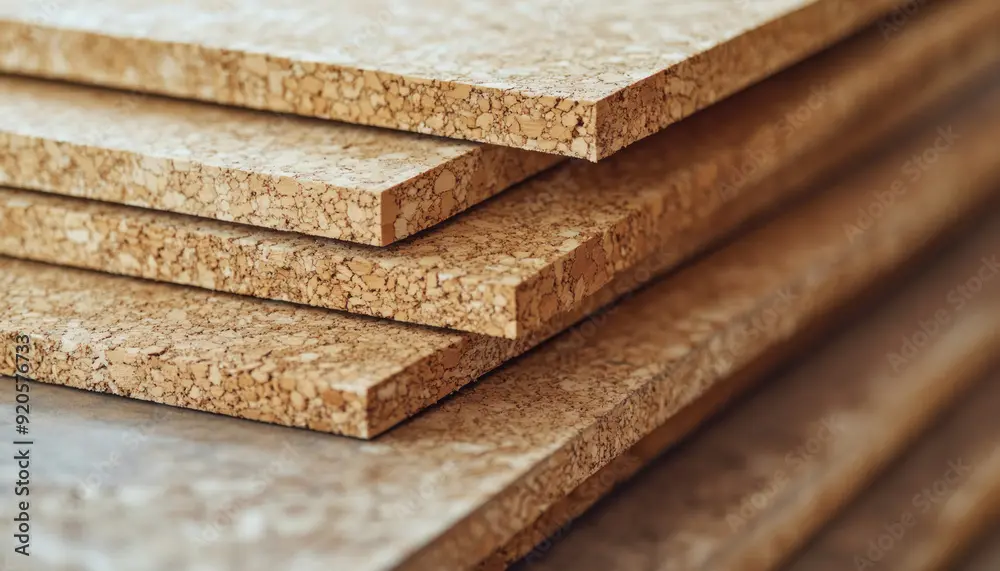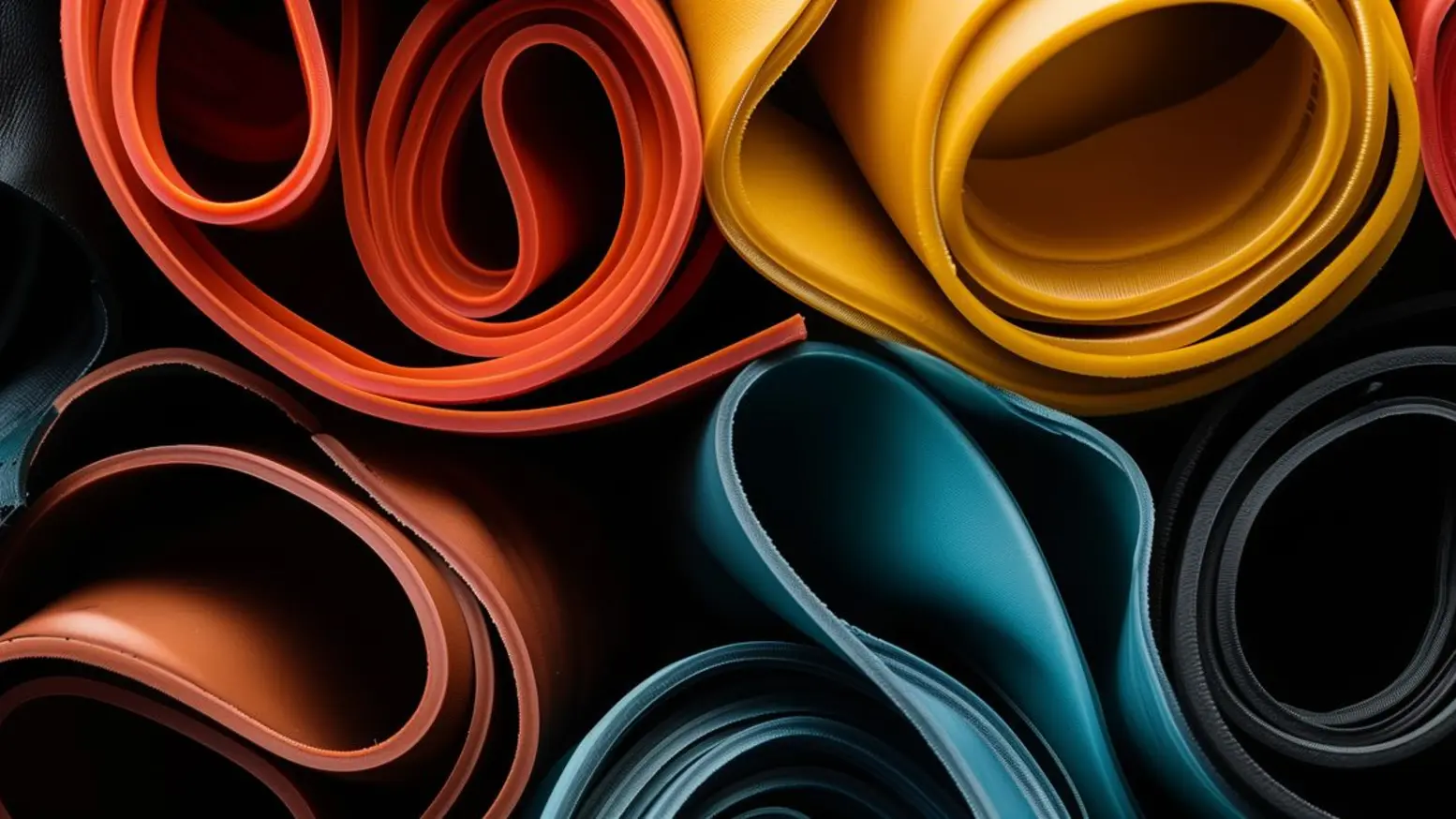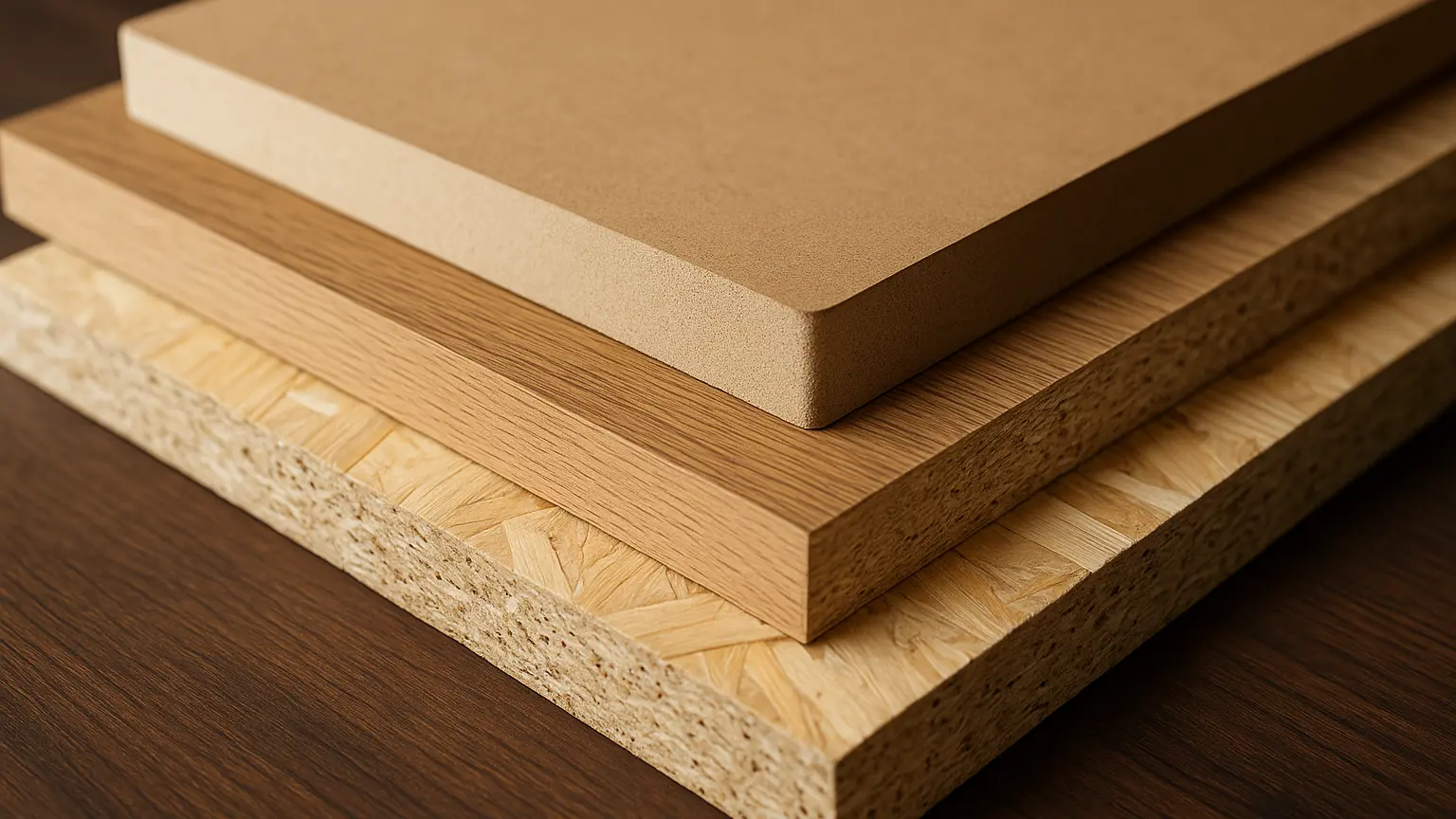The Best Materials for Laser Cutting: A Complete Comparison
Choosing the right material can make or break your laser-cut product. While the laser itself plays a major role in determining speed, precision, and detail, the material directly influences quality, durability, appearance, pricing, and even customer satisfaction. Whether you’re a beginner learning the basics or an established seller looking to optimize your product line, understanding material properties is essential.
This comprehensive guide breaks down the most popular materials for laser cutting—from wood and acrylic to leather, paper, and advanced composites. You’ll learn the pros and cons of each, typical costs, engraving results, and ideal use cases so you can choose the perfect material for your next project.
Why Material Choice Matters More Than You Think
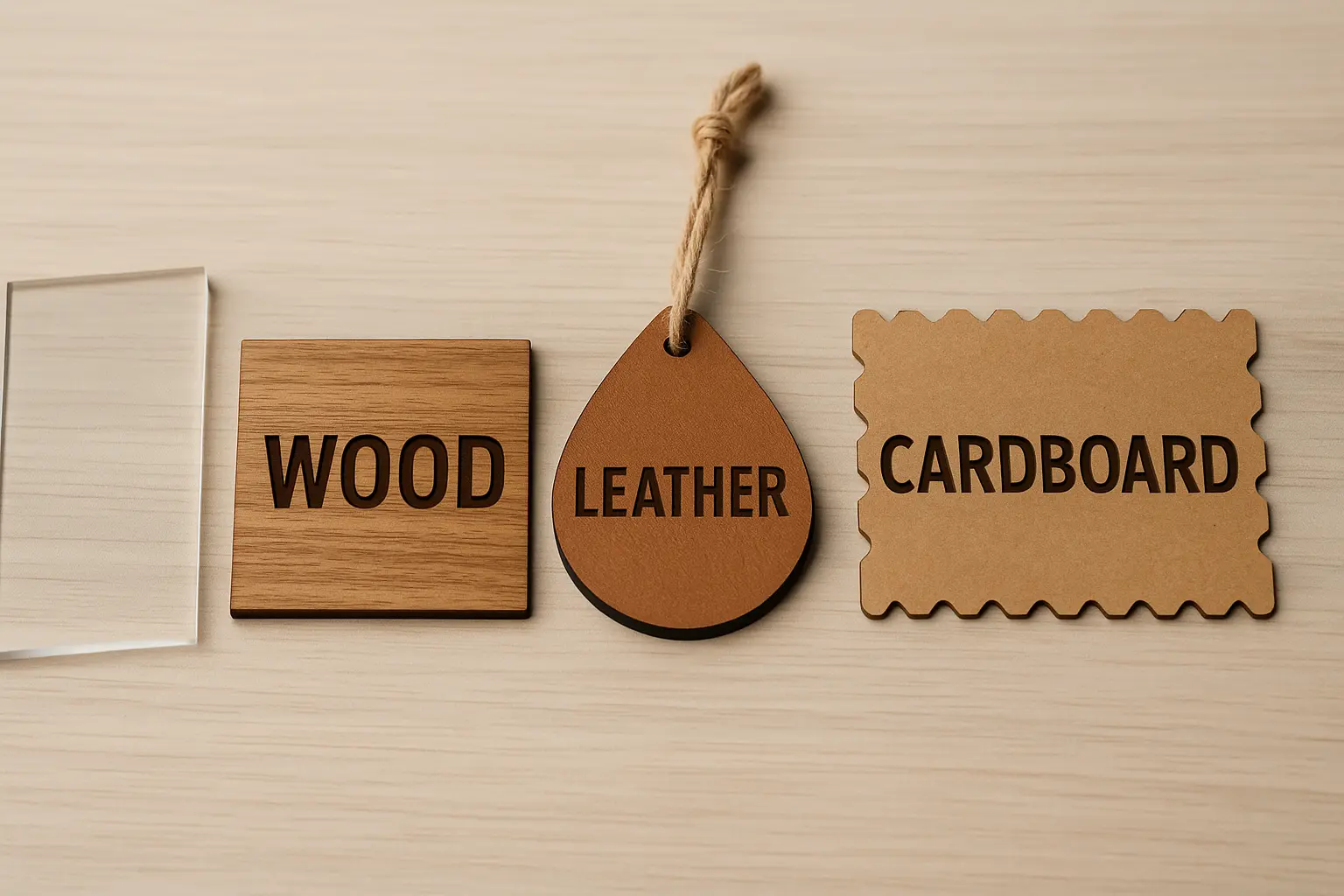
Laser cutting is incredibly versatile, but not every material behaves the same. The material you choose affects:
- Cut quality and edge smoothness
- Engraving contrast and detail
- Production speed
- Durability and product lifespan
- Cost per item and profit margin
- Customer perception and brand identity
For example, acrylic produces crisp, flame-polished edges that look modern and professional, while wood gives a warm, organic aesthetic perfect for rustic or personalized pieces. Leather is flexible and premium, while cardboard is inexpensive and great for prototyping.
Let’s break down your top options.
1. Wood: The Most Versatile Material for Laser Cutting
Wood is the go-to material for many makers because it’s beautiful, forgiving, and ideal for both cutting and engraving.
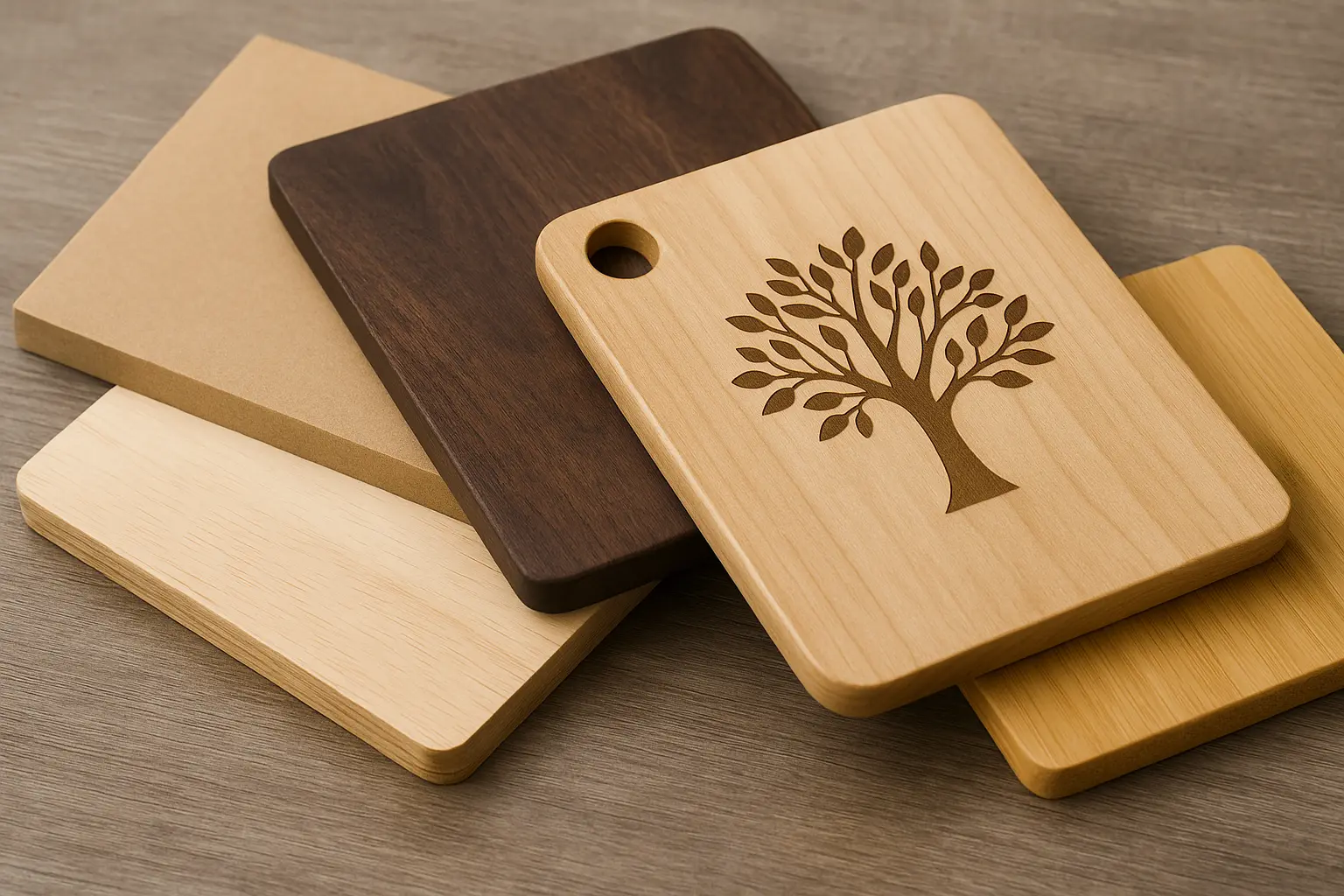
Types of Wood Commonly Used
- Birch plywood
- Basswood
- Maple
- Walnut
- Bamboo
- MDF (Medium Density Fiberboard)
Plywood and MDF are the most popular for affordable production, while hardwoods are used for premium items.
Pros
- Cuts cleanly with minimal burn marks
- Engraves with deep contrast
- Available in many thicknesses and finishes
- Strong and durable
- Makes products feel warm, natural, and high-quality
Cons
- Warping can occur with cheaper plywood
- Some woods have variable grain, affecting engraving consistency
- Can scorch if settings aren’t dialed in
Typical Cost
- Plywood: $2–$15 per sheet (depending on size and thickness)
- Hardwoods: $10–$40 per sheet or board
- MDF: Very affordable, often under $5 per sheet
Best Use Cases
- Custom signs
- Ornaments
- Cutting boards
- Home décor
- Toys and games
- Jewelry
- Keepsakes and gifts
Engraving Quality
Wood engraves with rich contrast that looks premium. Darker woods produce deeper contrast, while light woods give clean, readable engravings. Excellent for text, logos, and detailed graphics.
2. Acrylic: Clean, Modern, and Highly Marketable
Acrylic (also called plexiglass or PMMA) is a favorite among product-focused sellers because of its high-end look and durability.

Available Types
- Cast acrylic (best for engraving)
- Extruded acrylic (better for cutting thick pieces)
- Transparent, opaque, frosted, and mirrored options
- Specialty colors, textures, and finishes
Pros
- Produces smooth, polished edges after cutting
- Comes in dozens of colors and finishes
- Highly durable and moisture-resistant
- Lightweight and great for shipping
- Perfect for modern product aesthetics
Cons
- More expensive than wood
- Can crack if dropped (mostly extruded acrylic)
- Engraving on cast acrylic looks white, but extruded doesn’t engrave as well
Typical Cost
- Standard sheets: $5–$25
- Specialty colors or mirrored: $20–$40+
Best Use Cases
- Jewelry
- LED signs and lamps
- Keychains
- Room décor
- Business signage
- Bag tags
- Wedding and event pieces
Engraving Quality
Cast acrylic creates bright white engravings that look sharp and clean. Extruded acrylic cuts beautifully but isn’t ideal for detailed engraving.
3. Leather and Faux Leather: Premium, Flexible, and Timeless
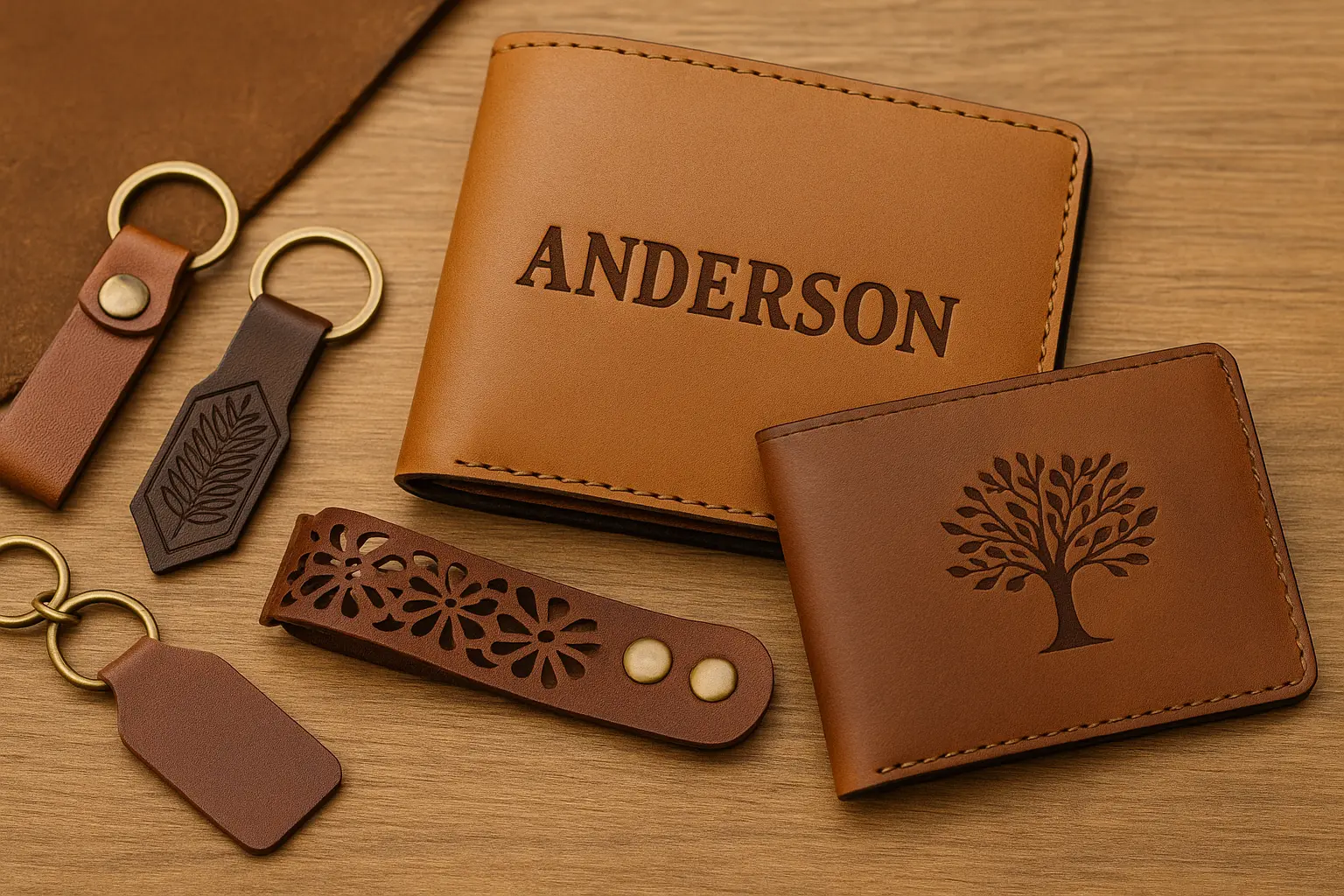
Leather has a unique appeal that instantly gives products a premium, handcrafted vibe. Laser cutting makes it possible to create extremely intricate shapes that would be difficult to achieve manually.
Pros
- Engraves with high contrast
- Cuts cleanly, especially vegetable-tanned leather
- Lightweight yet durable
- Ideal for stylish, functional goods
- Faux leather is budget-friendly and vegan
Cons
- Natural leather varies from piece to piece
- Strong smell during cutting (ventilation required)
- Not all faux leathers are laser-safe—PVC should be avoided
Typical Cost
- Genuine leather: $20–$80+ per hide
- Faux leather sheets: $1–$10 each
Best Use Cases
- Wallets
- Keychains
- Patches
- Bracelets
- Notebook covers
- Labels and tags
- Small accessories
Engraving Quality
Vegetable-tanned leather engraves beautifully with warm, dark markings. Faux leather often produces crisp engravings depending on the material composition.
4. Paper & Cardboard: Affordable and Great for Speed
Paper products are often overlooked, but they’re incredibly useful for both product creation and prototyping.
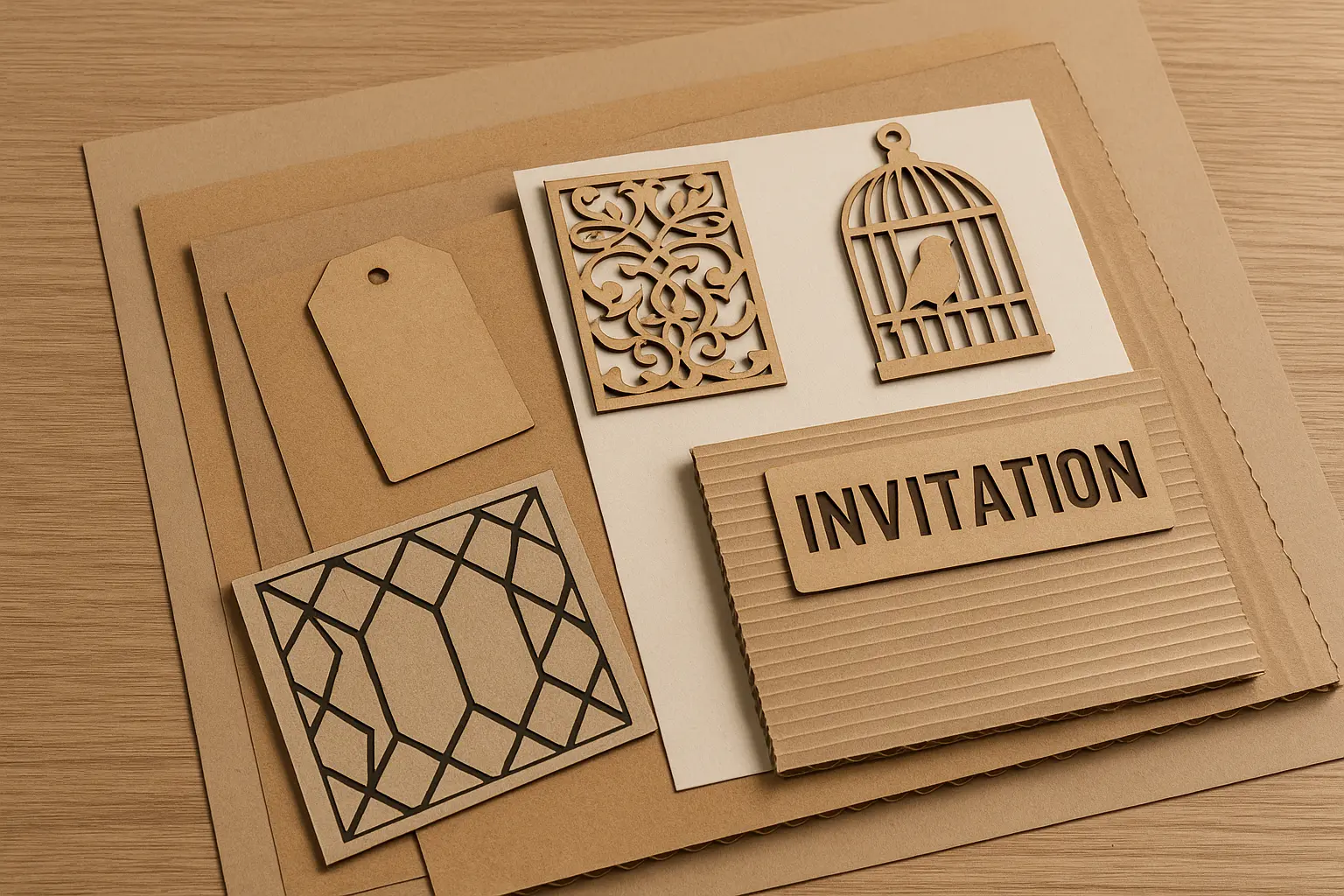
Types Used for Laser Cutting
- Kraft paper
- Chipboard
- Cardstock
- Corrugated cardboard
Pros
- Extremely affordable
- Cuts faster than almost any other material
- Great for packaging, inserts, and branding
- Easy to prototype product ideas
Cons
- Not as durable as wood, acrylic, or leather
- Can scorch or discolor if settings are too high
- Limited to lightweight applications
Typical Cost
- Cardstock sheets: $0.10–$0.50
- Chipboard: $1–$5
- Cardboard: free (recycled) to $1 per sheet
Best Use Cases
- Packaging prototypes
- Tags and business cards
- Invitations
- Paper art and stencils
- Templates for more expensive materials
Engraving Quality
Engraving is possible but best kept light to avoid burn-through. Excellent for logos and decorative linework.
5. Composites: Strong, Stable Materials for Modern Products

Composite materials—like MDF, plywood blends, and engineered boards—provide consistency, affordability, and stability.
Pros
- Highly uniform, making cuts incredibly predictable
- Affordable and easy to source
- Less prone to warping than solid wood
- Smooth and reliable engraving surface
Cons
- Doesn’t have the luxurious look of hardwood
- Engraving isn’t as deep or dramatic
- Cheaper versions may contain glues that produce more smoke
Typical Cost
- Usually $2–$10 per sheet, depending on thickness
Best Use Cases
- Signage
- Home décor
- Beginner projects
- Painted or finished pieces
- Functional prototypes
Engraving Quality
Engravings tend to look clean and readable but lack the character of natural wood. Works well for products intended to be painted or coated.
How to Choose the Right Material for Your Product

Here’s a quick decision guide:
Choose wood if…
- You want natural, warm aesthetics
- Engraving detail is important
- You’re making décor, gifts, or signage
Choose acrylic if…
- You want a polished, modern look
- You’re selling jewelry, signage, or LED designs
- Color variety matters
Choose leather if…
- You want a premium, handcrafted feel
- You’re making accessories or patches
Choose paper/cardboard if…
- You’re prototyping
- You need low-cost production
- You create packaging or branding assets
Choose composites if…
- You want consistent results
- You need an affordable alternative to hardwood
- You’re painting or finishing the final product
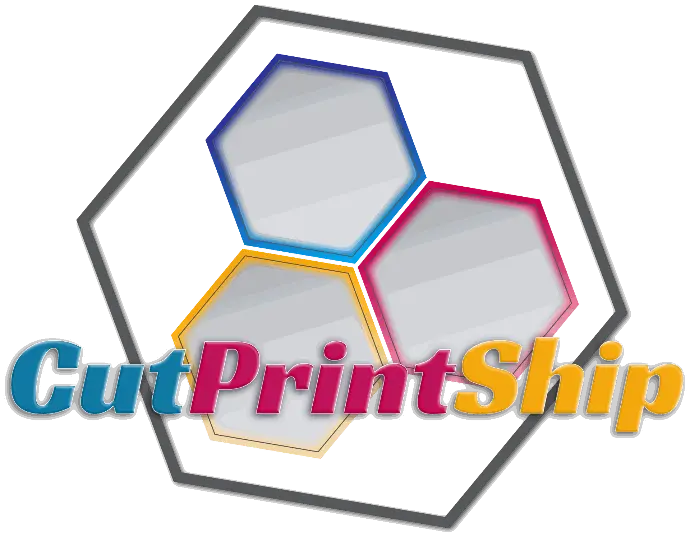
Cost Comparison at a Glance
Material | Cost | Cut Quality | Engraving Quality | Durability | Ideal For |
Wood | Low–Medium | Excellent | High contrast | Strong | Décor, gifts, signs |
Acrylic | Medium–High | Perfect polished edges | Excellent (cast only) | Very durable | Jewelry, signage |
Leather | Medium | Clean & flexible | Great contrast | Premium durability | Accessories, patches |
Paper/Cardboard | Very Low | Good (fast) | Light detail | Low–Medium | Packaging, prototypes |
Composites | Low | Clean & predictable | Good | Strong | Painted items, décor |
Final Thoughts
The Right Material = Better Products + Higher Sales
Material selection is one of the most powerful ways to improve your product quality, increase customer satisfaction, and differentiate your brand in a crowded ecommerce space. By understanding the strengths and limitations of each material, you can design products that not only look great but are cost-efficient, durable, and optimized for your market.
Whether you’re experimenting with wood for the first time, creating modern acrylic designs, or exploring leather accessories, choosing wisely will help you level up your product development process and improve your bottom line.
